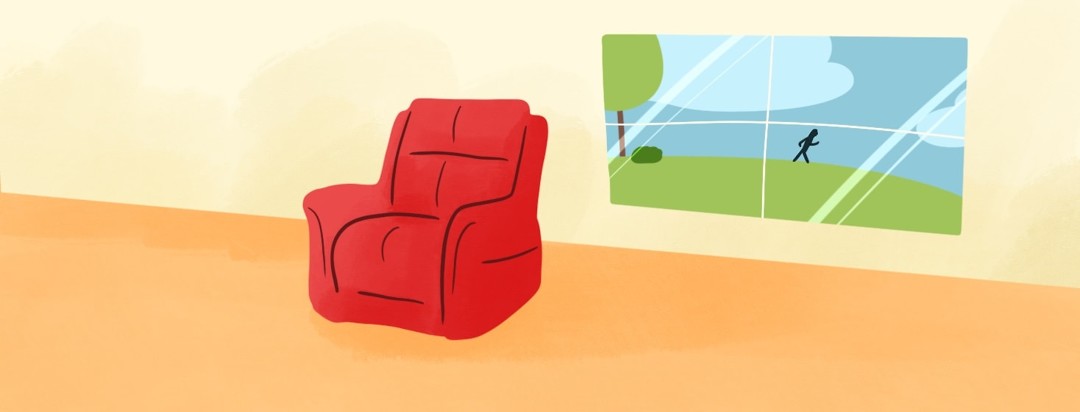Move More and Sit Less: How to Start
The federal government just released updated guidelines for physical activity. Ten years after issuing its first set of guidelines, we are reminded that being physically active is one of the best things we can do to improve our health.
Regular physical activity helps you feel better, function better, and sleep better. And for those of us living with type 2 diabetes physical activity can help us better manage our blood glucose levels and defend against developing heart problems or other complications.
This all sounds great. So, what do we need to do?
According to the guidelines we need to “move more and sit less.”
Move more and sit less
That sounds simple enough. Anyone who is ambulatory can get up from the chair and move their body. Get up more often. Move for a more time or distance.
Can it truly be that simple? Especially for those of us who are sedentary, out of shape, or have never truly been physically active?
The guidelines say “some physical activity is better than none.” So, everything you do counts.
Take the stairs instead of an escalator or elevator? That counts.
Work in the garden? Clean house? Toss a ball with your kids? That all counts.
Work at a standing desk? Have a walking meeting? Go use the copy machine that’s at the other end of the floor. That counts too.
All physical activity helps.
But if you want to experience substantial health benefits, you’ll have to do more. A lot more.
Substantial health benefits require much more
To experience substantial health benefits, like building strength and stamina and avoiding disease, the guidelines say you need to do much more than move more and sit less. The guidelines say you will need to do some combination of moderate intensity, vigorous aerobic, and/or muscle-strengthening exercise for up to 300 minutes (or 5 hours) each week.
Suddenly, what seemed like an easy change to make has become overwhelming.
Let’s go back to the idea that some physical activity is better than none. When you’re starting from zero (or very few) minutes of regular physical activity, meeting the requirements for substantial health benefits is a stretch goal that is out of reach.
As the saying go, you have to walk before you can run. So, where do we start?
Start with tiny changes
Establishing an exercise habit is hard. If it wasn’t we’d all have optimized exercise routines in place and we’d do them every day. We resist change, even when we know it’s in our best interest. Being comfortable right now wins out over being stronger later.
It may seem counterintuitive, but one of the best ways to take on a big change (like establishing an exercise routine) is to start very small. That’s what behavior scientist B.J. Fogg suggests with his tiny habits method.
With tiny habits, you create a formula for the new habit. The formula is made up of two parts: an established habit or routine followed the new action you want to take. The new action has to be quick, easy to do, and related to the new habit you want to develop.
Here are a couple of examples:
- When I go out to collect my mail from the mailbox I walk to the end of the block and back
- After taking my morning meds I touch my toes and reach for the sky
The established habit becomes the trigger for the new behavior. The new behavior is so small that there is no resistance. One follows the other and soon you have a new habit that is getting you moving more and sitting less.

Join the conversation